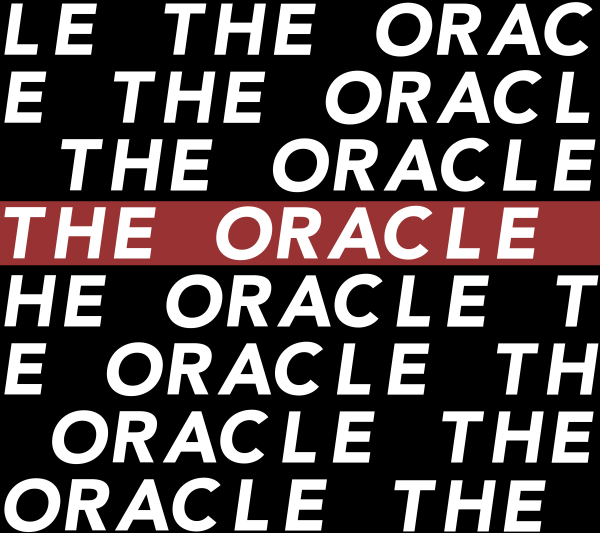City council rescinds protest reform ordinance
In preparation for Derek Chauvin’s trial in Minneapolis, the Saint Paul City Council proposed and subsequently killed a new protest reform city ordinance that many are calling an infringement of free speech and assembly.
March 10, 2021
The murder trial of former Minneapolis police officer Derek Chauvin is expected to begin by the end of the month, with jury selection having begun on Monday, March 8. The Twin Cities are anxiously waiting, and the Saint Paul City Council proposed a new city ordinance aimed at curbing violence during protests.
The new city ordinance, originally sponsored by City Council President Amy Brendmoen (Ward 5) would require gatherings of over 5 people to apply for a permit to assemble, and ban protestors from carrying shields, glass bottles, balloons and other objects that could potentially be used as weapons.
City Ordinance 21-6 would redefine a “public assembly” as a gathering of five or more individuals. The current law requires gatherings of over 24 individuals to apply for a permit.
This action comes soberingly close to Chauvin’s trial. As the Twin Cities remember not too long ago, following the death of George Floyd, an unarmed Black man who died in Chauvin’s custody, the Twin Cities erupted into protests and mass mobilization was sparked across the United States and world. While most of these protests remained peaceful, some devolved into violence and rioting. In Saint Paul, 170 businesses were damaged or looted, with large fires breaking out along Snelling and University avenues. The rioting caused over $500 million in arson and property damage to approximately 1,500 businesses across the Twin Cities metro area, according to Minnesota Governor Tim Walz.
The proposed ordinance prompted immediate backlash from community groups and citizens alike. Groups criticized this measure as an infringement of the First Amendment, the right to free speech and protest. The ordinance would impose new restrictions on what protesters can carry or have on them in a protest, even what kinds of materials protest signs can be made of.
Root & Restore St. Paul, a citywide activist group dedicated to police accountability, racial justice and community safety, was a leading group that sounded the alarm on the negative impacts of Ordinance 21-6.
“This ordinance greatly expands police officers’ discretionary power against protesters,” Root & Restore St. Paul wrote in a call to action. “It would also prohibit protesters from practicing community or self-defense but allows police wide latitude in use of force and intimidation tactics.”
The group reminds community members about the graphic use of force of police against protesters this summer. Amid the mass mobilization of the Black Lives Matter movement to demand justice and accountability, police in Minneapolis arrested a CNN news crew while on-air broadcasting to the nation. Officers deployed pepper spray, tear gas and rubber bullets against protesters. These tactics are considered “less than lethal” but an officer this summer shot photojournalist Linda Tirado with a rubber bullet in the eye. Tirado is now permanently blind in her left eye. With this ordinance, officers would still be given a wide range of permissible force against protesters, while banning shields and prohibiting protesters’ self defense.
With the ordinance moving to ban protesters from carrying balloons, bottles and “water guns filled with flammables,” it does not speak to restricting protestors from carrying firearms. Firearms are regulated by the State of Minnesota, and those laws would preempt any move the City Council makes in restricting them, according to city attorney’s office officials.
The American Civil Liberties Union of Minnesota issued a statement saying the ordinance was “overly broad, unnecessary and especially dangerous for Black, Brown and Indigenous communities who are already disproportionately harmed by criminalization, over-policing and police harassment.”
Amid growing criticism and planned rallies against the proposal, Brendmoen announced she will withdraw the proposed ordinance.
“We will be recommending that [the St. Paul Police Department] and the city attorney office work with our many communities in Saint Paul to navigate the concerns and consider recommended changes we have received from all of you,” Brendmoen wrote on Facebook. “New language can return to council for consideration once that process is complete.”





